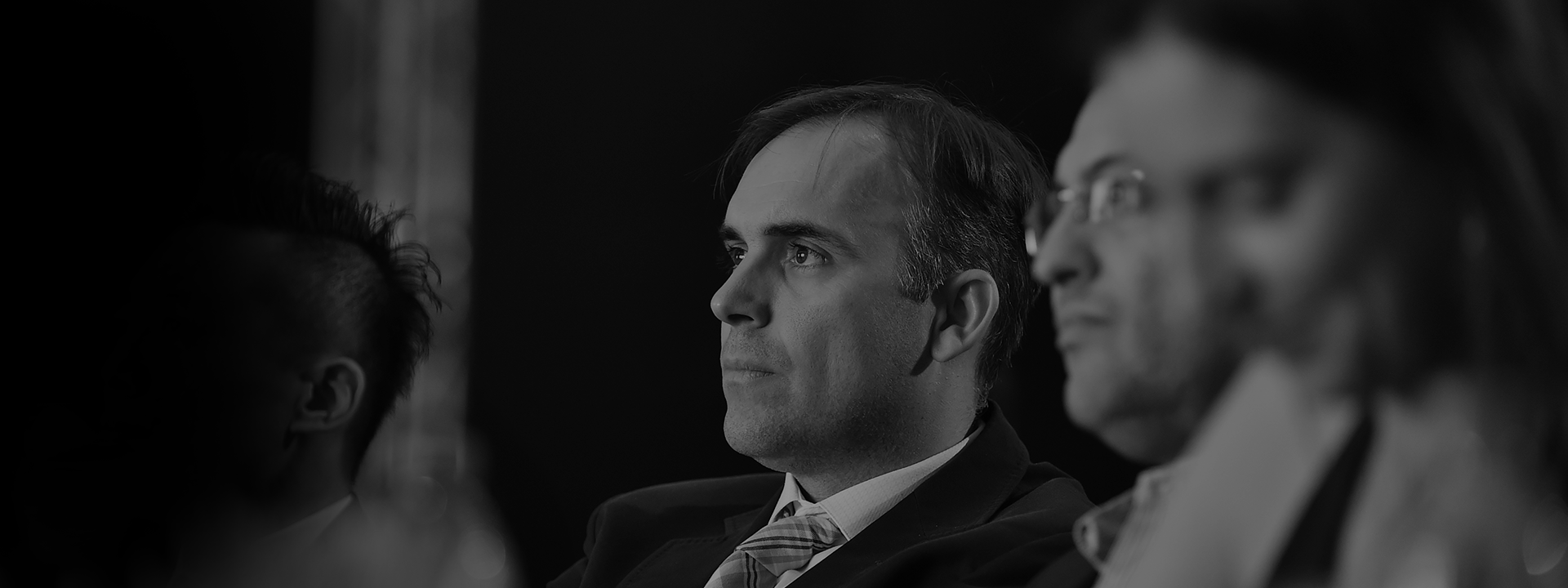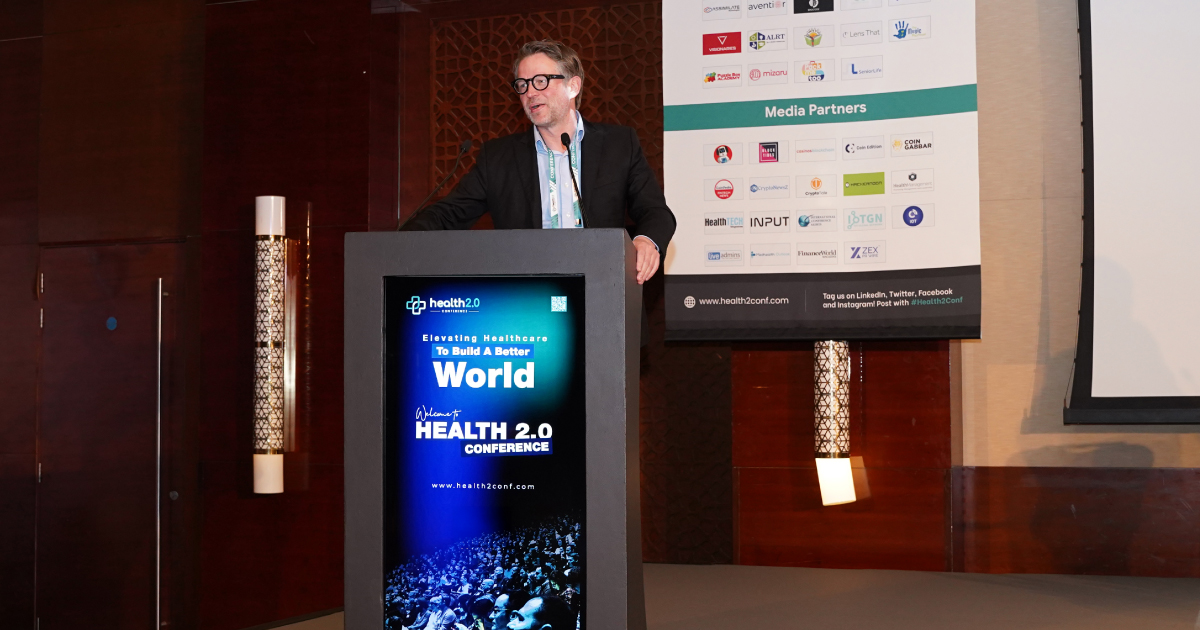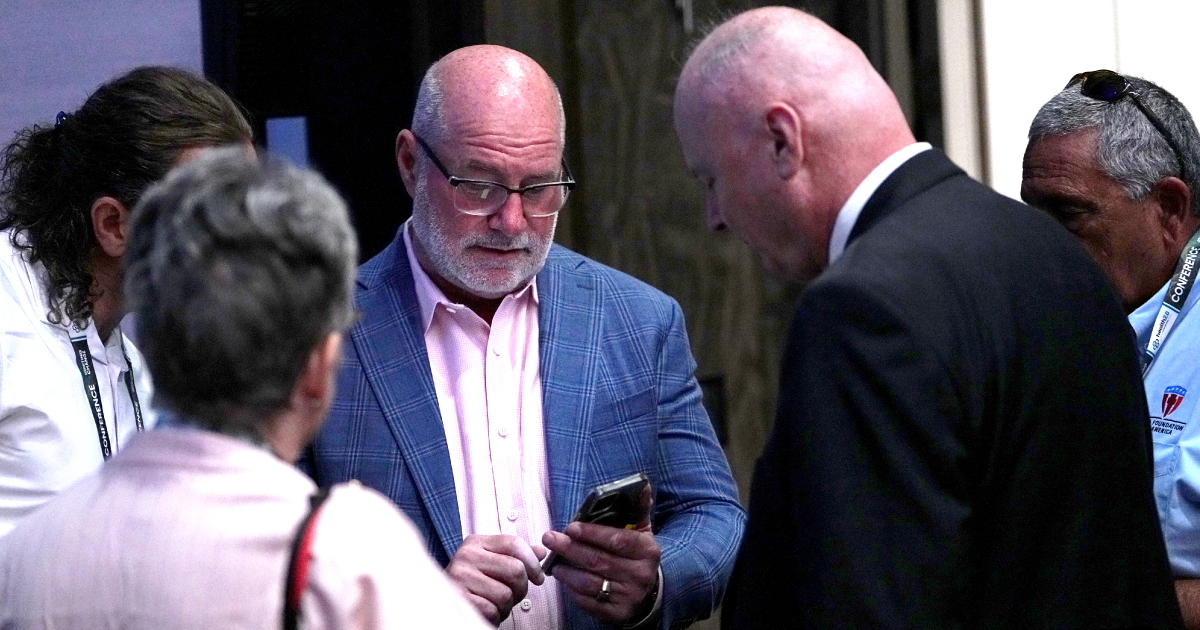During the COVID-19 outbreak, significant attention was drawn towards the healthcare workforce in America. The medical sector worked tirelessly to prevent and treat the outbreak, making us realize their indisputable need in our lives. Today, there are around 2,986,500 registered nurses in various medical facilities, making it the most highly employed healthcare profession in the US. Healthcare events in Vegas revealed that 80% of all direct patient care is provided by nurses, making it a highly sought-after profession.
As discussed at the Health 2.0 Conference, the nursing profession is essential to the healthcare sector because it focuses on giving patients scientifically supported care. It is a dynamic field constantly evolving as new technology and therapies are created. Although nursing is a fulfilling profession, its prospective career path presents some barriers. Let's explore the issues in its workforce and helpful interventions toward their resolution.
The Present-Day Nursing Scenario
During the COVID-19 phase, a deficit of nurses and other staff was created in the medical sector. The pandemic radically altered how care is provided and workforces are managed in the healthcare profession. Providers adopted greater flexibility in workforce planning and deployment and regularly upskilled their staff. They also introduced technology into service models used today in multiple caregiver settings.
However, the mounting demands on healthcare professionals put a burden on their physical state and psychological well-being, leading to a majority of the staff choosing to abstain from the profession altogether. This created a deficit of nursing staff in many medical facilities, predicted to continue through 2030. Numerous causes, including rising demand for healthcare nationwide, are to blame for such scarcity. With nearly a million additional nurses required by 2030, the healthcare system will likely be under unprecedented strain. Top healthcare events in 2023 are researching this issue and sharing ways to help fill this gap.

So, Is Nursing Lagging As A Profession?
The nursing workforce is facing a crisis as the demand for healthcare services continues to grow, but the supply of nurses is not keeping pace. Various factors, including an aging population, an increase in chronic conditions, and a limited pool of qualified nursing candidates, are driving this shortage. According to the Health 2.0 Conference, one of the most anticipated healthcare events of 2023, the main reasons for a nursing shortage include the -
- Retirement of seasoned nurses: The shortfall is made worse by the number of seasoned nurses reaching retirement age and departing the workforce, leaving vacant positions.
- Inadequate compensation: Despite the vital need for nurses and the effort they put in, many do not receive competitive pay and practical benefits, which makes it challenging for hospitals to keep personnel on board.
- Lack of diversity: There is a stereotypical identification with American nurses, leaving a narrow area for other cultural or racial participation in the field. Because of this, there may be linguistic and cultural challenges to providing suitable treatment. The nursing workforce is not representative of the different communities it serves.
The consequences of this crisis are far-reaching, impacting the quality of care provided to patients, nurses' working conditions, and the healthcare system's overall functioning.
Current Issues In The Nursing Workforce
The US Department of Health and Human Services suggests that California, Houston, New Jersey, Carolina, South, and Alaska will require the most nurses by 2030. The nursing field still struggles with a lack of qualified teachers and an unequal distribution of labor. Various Healthcare events in Vegas have stated the concerns affecting the nursing workforce. These include -
- Limited Support For Professional Development:
It is common for nurses to lack access to opportunities for ongoing professional development, which may affect their ability to provide the best care and stay current with scientific breakthroughs. This needs to be resolved to have a nurse staff that is robust, long-lasting, and capable of providing patients with high-quality care.
- High Turnover Rates and Burnout:
Owing to the profession's physically and emotionally taxing nature, nurses frequently put in extra hours, leading many professionals to leave their jobs. High turnover rates among nurses due to complex workloads and high levels of stress and burnout worsen this effect further.
- Elderly Population:
The general public is aging and has reached a stage where they will need greater medical attention. Today, more persons over 65 live in the United States than at any previous time in history. As the population ages, more health care is required. Many diseases and co-morbidities commonly affect older adults, necessitating medical care. Many diseases that were formerly fatal are now cured on a long-term basis. The burden of addressing these chronic diseases is another factor that is affecting the workforce.
- Family and work responsibilities:
Since women still make up the majority of nurses, the shortage is exacerbated by many of them reducing their nursing duties or quitting during their reproductive years. Some might return in the future, while others might change their line of work.
- Regions:
When examining distinct locations and parts of the US, it might be challenging to comprehend present shortages and future growth. While some areas struggle to meet the basic needs of the local population as a whole, others experience a nurse shortage and constrained future expansion.
Top healthcare events in 2023 are constantly attempting to promote awareness about the workforce crisis in the profession and professing ways to fix it.

Ways To Fix The Nursing Crisis: Solutions And Interventions -
The nursing workforce crisis is a complex issue that requires a multi-faceted solution, including increased investment in nursing education and training, improved working conditions, and policies that support recruitment and retention of nurses. Health 2.0 Conference suggests that fixing the nursing crisis requires a comprehensive approach that addresses the root causes of the shortage. The intervention measures it proposes are-
- Creating safe working environments that prioritize clinician safety on par with patient safety and are informed by research on the optimal staffing levels.
- Incorporating diversity and inclusion principles throughout all organizational levels and aspects of providing healthcare.
- Improving the adaptability of nurse positions and shift scheduling enables sufficient rest periods to prevent burnout.
- Adopting holistic care models that combine remote patient monitoring and virtual care delivery with technology-enhanced on-site care delivery.
- Increasing resources for nursing education and training programs and investment in nursing education.
- Advocating for better local, state, and federal policies to ensure that funds are allocated to developing the nursing workforce.
- Using evidence-based practices and making technology investments to reduce burnout.
Addressing the nursing crisis requires collaboration between healthcare organizations, policymakers, educators, and the nursing community to create a sustainable and effective workforce for the future. Many speakers and researchers gather at healthcare conferences to tackle the issue and discuss its trajectory in the industry in the coming years.
Future Of Nursing Profession: What Can We Expect From The Industry
The future of nursing in the US is expected to be shaped by various factors, including technological advancements, demographic shifts, and changes in healthcare delivery and financing. Top healthcare events of 2023 will discuss some of the key trends and developments that will impact the nursing profession in the coming years:
- Increased Demand for Nurses: As the population grows and ages, the demand for healthcare services is expected to increase, leading to a continued need for nurses.
- Technological Innovation: The use of technology, such as telehealth and wearable devices, is expected to grow and transform how nurses deliver care.
- Expansion of Community-Based Care: With a focus on reducing costs and improving patient outcomes, there is a growing trend toward community-based care, which will require new skills and knowledge for nurses.
- Growth in Specialty Nursing Practice: There is an increasing demand for nurses with specialized knowledge and skills, such as nurse practitioners and nurse anesthetists, who can provide care in various settings.
- Emphasis on Interprofessional Collaboration: Nurses will play an increasingly important role in interprofessional teams, collaborating with physicians, social workers, and other healthcare professionals to deliver comprehensive and coordinated care.
- Focus on Population Health: The focus of nursing care is expected to shift from acute care to population health, focusing on preventing disease and promoting wellness.
- Continued Nursing Workforce Shortages: Despite efforts to address the nursing shortage, it is expected to continue in some areas, mainly rural and underserved communities.
These and other factors will shape the future of nursing in the US, and the nursing community needs to adapt and evolve to meet the changing needs of patients and the healthcare system.
Bottom Line
Though adopting measures to heal the workforce situation is gradual, its effects will soon become visible as effective strategies are implemented. According to the Health 2.0 Conference, which discusses advancements in healthcare trends nationwide, more job openings for nurses are expected to open up from 2016 through 2026 than for all other vocations combined.















